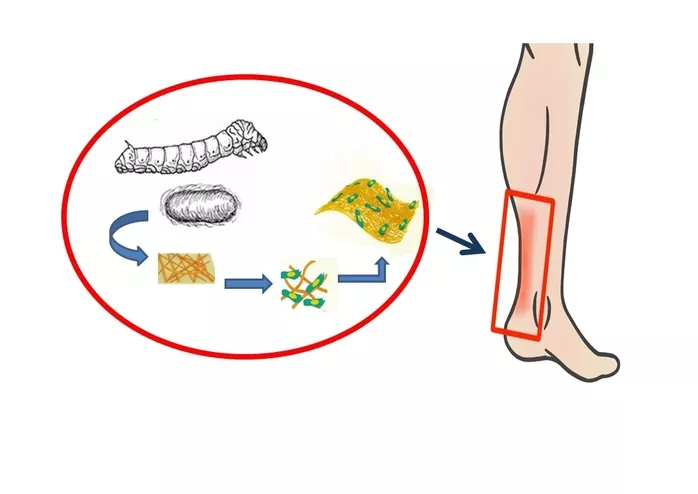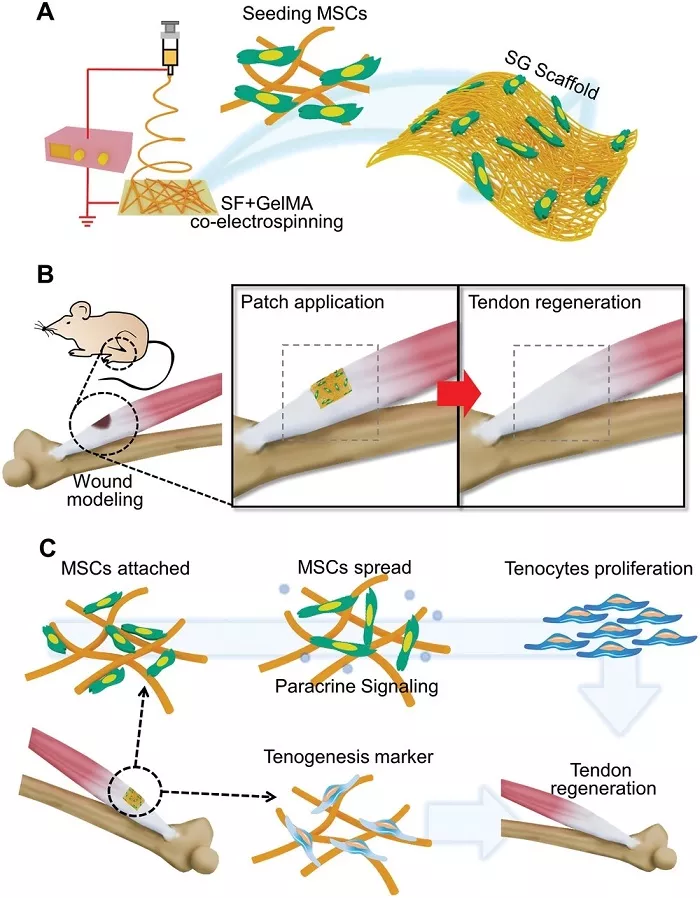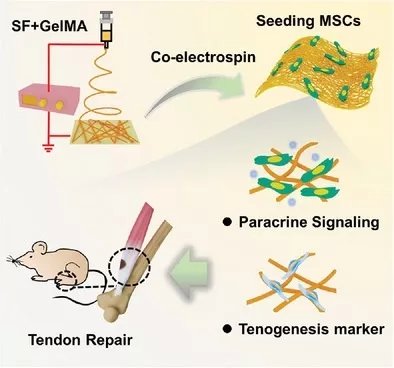New atlas pointed out that tendon injury caused considerable pain to patients and did not always heal normally. The good news is that in an article published in small, the flagship journal in the field of nano materials on April 29, Terasaki Institute researchers introduced a new scaffold implant, which is characterized by helping to improve the healing of injured tendons such as Achilles tendon**

Specifically, terasaski Institute( https://terasaki.org/institute/news/pr/repairing-tendons-with-silk-proteins.html ) ) A silk scaffold capable of loading stem cells was created, which can effectively improve tendon regeneration.
As an important tissue connecting muscle and bone, tendon is easy to be torn or broken in the process of sports.
Even if it takes weeks to months to wait for healing, it is often difficult to fully recover to the desired level, resulting in weakened tendons and an increased risk of re injury.

In recent years, researchers have tried a variety of methods to help the regeneration of damaged tendons. For example, hydrogel scaffolds with the same consistency as natural tendons can help accelerate the healing process.
Or a double-sided material that holds the two parts of the tendon firmly together while allowing it to slide on other tissues, and a biological scaffold loaded with stem cells.
However, in this new study, the terazaki team introduced their new scaffold, which is characterized by providing support when the tendon heals.

The scaffolds are made by pairing silk fibroin with so-called gelma hydrogel - the former endows the scaffolds with support strength and extensibility, while the latter with biocompatibility can promote cell attachment and growth.
After trying to get the right formula proportion, the research team manufactured the new nanofiber sheets and filled them with mesenchymal stem cells (MSCs).
Stem cells can not only differentiate into several cell types, but also help regenerate by producing signaling molecules that call immune cells to the region and promote cardiovascular formation.

Then the research team tested it on experimental rats with Achilles tendon injury and found that compared with other scaffolds carrying stem cells, scaffolds made of SG can make tendons heal faster and form dense tendon fibers, which can help reduce site damage and reshape muscle components.
Lead researcher Han Jun Kim said: "combined with gelma's tissue regeneration assistance and the structural advantages of silk fibroin, our load material is very suitable for tendon repair". In the follow-up, they will continue to deepen in order to finally promote this new material and new technology to clinical application.
Interested friends can move to small 》Journal to view the full text of CO electrospun silk fibroin and gelatin methacryloyl sheet seeded with mesenchymal stem cells for tendon regeneration.
